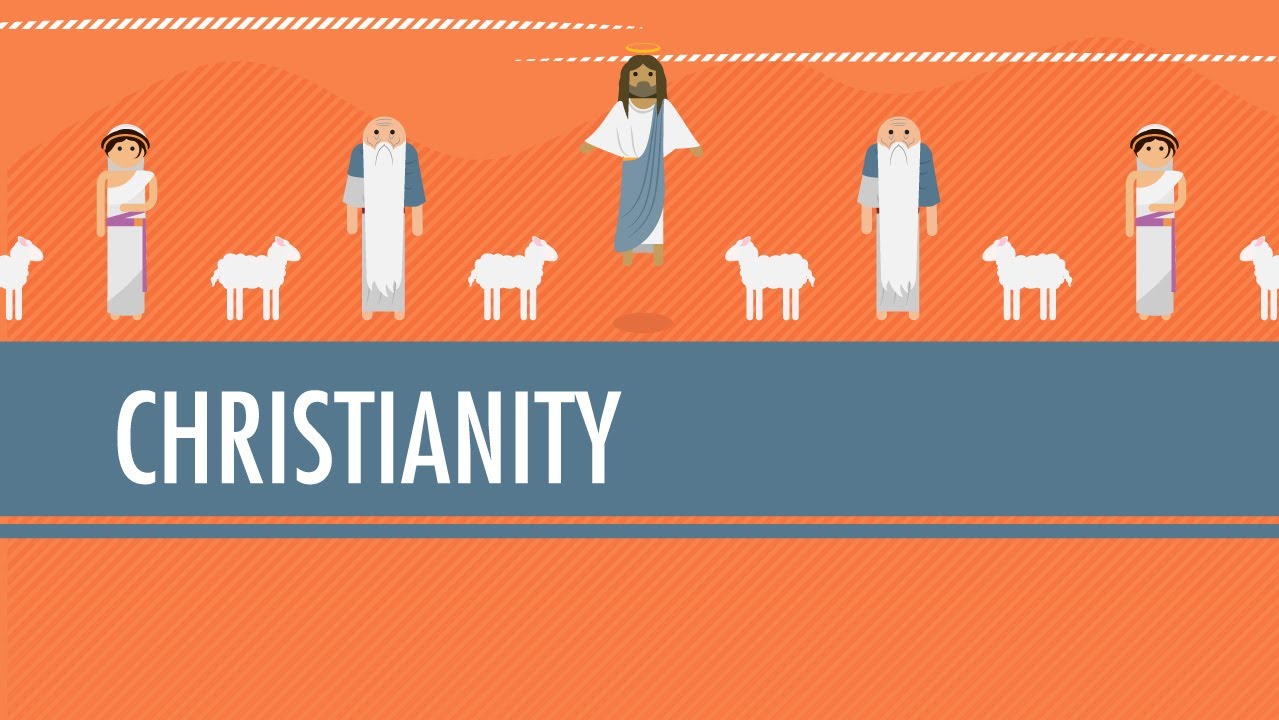There are no historical sources contemporary with Jesus himself from which to draw an account of his life and teaching. Paul’s epistles to the Corinthians were written about A.D. 55, the Acts of the Apostles about 60-62, and the four Gospels between 70 and 100. Late in the second century or early in the third these texts were revised in Alexandria.
All New Testament sources, then, belong to a period of at least several decades after the death of Jesus. They were written in Greek for non-Jews and do not reflect the situation immediately after he died, which has only recently begun to be understood by scholars. After the crucifixion of Jesus, a little group of his followers stayed together in Jerusalem; this was the Judaeo-Christian church, which had a succession of fifteen bishops. Because it regarded itself as the only true Israel, it was in conflict with the Pharisees and Sadducees.
But Jesus had told his followers: “There be some standing here, which shall not taste of death, till they see the Son of man coming in his kingdom” (Matthew 16:28). This doctrine of the Second Coming, the immediacy of the emotional tie that Christianity created between the believer and Christ, and the tight bonding among members of the Christian brotherhood, explain why the evangel, the “glad tidings” that appealed to many gentiles as well as to Jews, was indeed dramatic and hopeful.
Saul of Tarsus (A.D. c. 3—c. 67), who as a Jew had vigorously persecuted Christians and who had never known Jesus himself, was converted to Christianity by a blinding vision. He took the Roman form of his name, Paul. Apparently it was Paul and a co-worker Barnabas who, laboring together in Antioch, were the first disciples to call themselves Christians and to take the evangel to the gentiles. Problems quickly arose.
Must a non-Jewish covert to Christianity be circumcised, a painful and at the time even dangerous operation? Some Judaeo-Christians were willing to exempt pagan converts from circumcision and other Jewish observances; others were not. Paul himself went further, however, than even the more liberal Judaeo-Christians; he would have freed even former Jews from Jewish ritual requirements. Many Judaeo-Christians, therefore, strongly opposed Paul’s views.
The last of the Judaeo-Christian bishops of Jerusalem governed the church in the time of Hadrian, when the last of the Jewish rebellions in Judea was crushed (A.D. 132-135). Thereafter Judaeo-Christianity died out in its native habitat, even though it was active in the Aramaic-speaking regions east of Palestine. But although the Judaeo-Christians held on in Jerusalem until the reign of Hadrian, it was Titus’s capture of the city in 70 that ended their influence in the church. Thereafter, the church of the gentiles triumphed, and Christianity separated from Judaism.

